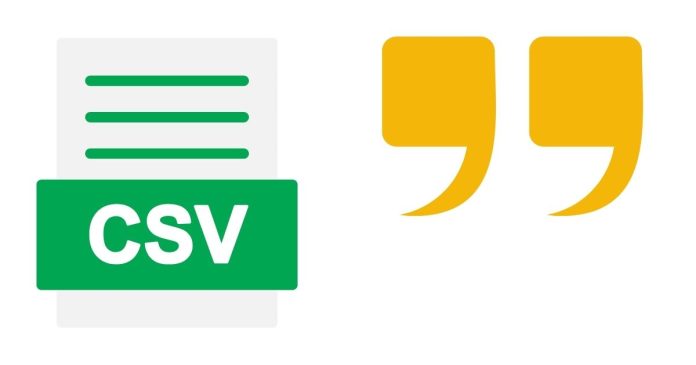Comma-Separated Values (CSV) files are a popular format for storing and exchanging data due to their simplicity and compatibility with various software applications. However, their simplicity can sometimes cause headaches, especially when a column’s value itself contains a comma. This often leads to data being misinterpreted or misaligned when importing or processing the file.
So, how can you include commas in CSV columns without breaking the format? Here’s what you need to know.
The Problem: Commas in Data Fields
CSV files use commas to separate values within a row. For instance, a row might look like this:
John,Smith,35,New York
However, what if one of the fields contains a comma? For example:
John,Smith,35,New York, USA
This extra comma confuses most CSV parsers, as they interpret it as the start of a new column, resulting in errors or data misalignment.
The Solution: Quoting Fields
The CSV standard provides a way to handle this situation: enclosing fields that contain commas in double quotes ("). For example:
John,Smith,35,”New York, USA”
When a field is enclosed in quotes, the parser treats the entire quoted text as a single value, even if it contains commas. Most modern CSV parsers adhere to this standard and can handle such quoted fields correctly.
Practical Tips for Handling Commas in CSV Files
- Use Double Quotes for Fields with Commas Any field containing a comma should be enclosed in double quotes. This is the most reliable way to ensure the integrity of your data. For example:
Product,Price,Description
Laptop,1000,”High-performance, lightweight laptop”
2. **Escape Double Quotes in Data**
If a field contains double quotes, they need to be escaped by doubling them. For example:
He said, “”Hello””” is stored as a single value. Parsing Options and “Software Options”Modern CSV parsers (like Pandas, software like Excel, Python “Tools) let users configure delimiters and quoting rules. Regular with csv.reader or – Libraries Use `delimiter set it**


